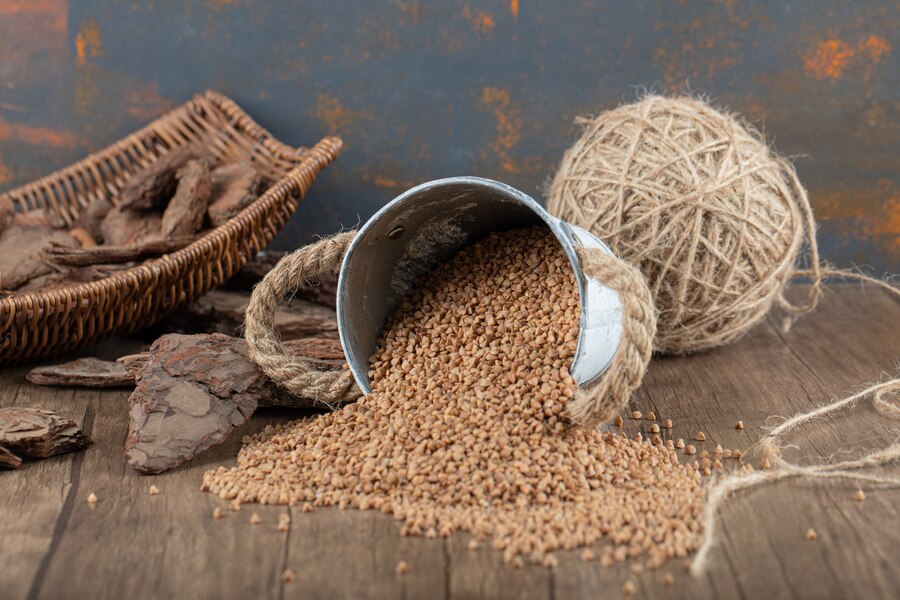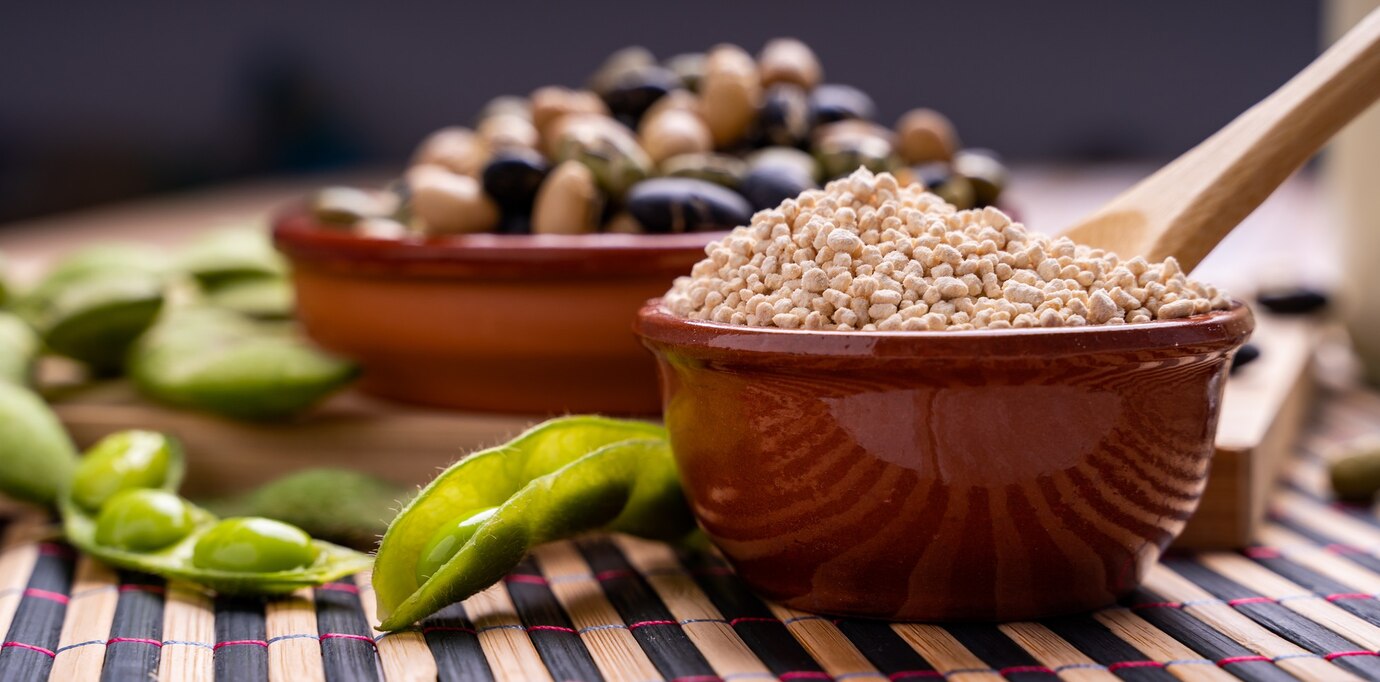The sesame plant is one of the oldest cultivated crops in human history. Known for its tiny, oil-rich seeds, the sesame plant has been a cornerstone of global agriculture for thousands of years. This article explores its origins, cultivation, uses, and benefits, showcasing why sesame remains a vital crop today.
What is the Sesame Plant?
The sesame plant (Sesamum indicum) is a flowering plant known for its seeds that are highly valued for their nutritional and economic significance. Native to Africa and parts of India, the plant thrives in tropical and subtropical regions worldwide.
History of Sesame Cultivation
Ancient Origins
Sesame is one of humanity’s first oilseed crops, with evidence of its cultivation dating back over 4,000 years. Ancient civilizations like the Babylonians and Egyptians prized sesame for its versatility and long shelf life.
Cultural Significance
Sesame seeds have been symbolic in many cultures, representing abundance and prosperity. The phrase “Open Sesame,” popularized by the Arabian tale Ali Baba and the Forty Thieves, reflects the seed’s historical allure.
Characteristics of the Sesame Plant
Appearance
The sesame plant is an upright, annual herb that can grow up to 3–6 feet tall. It features green, lance-shaped leaves and bell-shaped flowers that can range from white to pale pink.
Seeds
The seeds, found in pods, come in various colors, including white, black, and brown. Each tiny seed is packed with nutrients and oil, making them a valuable commodity.
Growth Requirements
Sesame plants thrive in warm climates with well-drained soils. They are drought-resistant, making them ideal for arid and semi-arid regions.
How Sesame Plants Are Cultivated
Ideal Growing Conditions
Sesame plants require:
- Temperatures between 25°C and 35°C.
- Light, well-drained soils.
- Full sun exposure.
Planting and Harvesting
Farmers usually sow sesame seeds during the warm season, ensuring the soil has adequate moisture. Harvesting occurs once the plants dry out, and the pods begin to crack open, revealing the seeds inside.
Nutritional Value of Sesame Seeds
Sesame seeds are nutritional powerhouses, offering:
- Healthy Fats: High in unsaturated fats, particularly omega-6 fatty acids.
- Protein: A great source of plant-based protein.
- Vitamins and Minerals: Rich in calcium, magnesium, iron, and B vitamins.
- Antioxidants: Contain sesamin and sesamol, compounds with antioxidant properties.
Health Benefits of Sesame
Promotes Heart Health
The healthy fats in sesame seeds help reduce bad cholesterol levels, supporting cardiovascular health.
Boosts Bone Strength
High calcium and magnesium content make sesame seeds excellent for maintaining strong bones and preventing osteoporosis.
Aids in Digestion
Sesame seeds are a good source of dietary fiber, aiding in healthy digestion and preventing constipation.
Improves Skin and Hair
The antioxidants and vitamin E in sesame promote glowing skin and healthy hair.
Uses of Sesame Seeds
Culinary Applications
- Cooking Oil: Sesame oil is widely used in Asian, Middle Eastern, and African cuisines for its nutty flavor.
- Toppings: Sesame seeds are sprinkled on bread, pastries, and salads for added texture and flavor.
- Tahini: A paste made from ground sesame seeds, tahini is a key ingredient in hummus and other dishes.
Industrial Uses
Sesame oil is used in cosmetics, soaps, and lubricants due to its emollient properties.
Economic Importance of Sesame
Global Production
Major sesame-producing countries include India, China, Nigeria, and Sudan. These nations play a crucial role in meeting global demand for sesame seeds and oil.
Export and Trade
Sesame is a high-value crop, and its seeds are a major export commodity for many developing countries.
Challenges in Sesame Cultivation
Labor-Intensive Harvesting
Harvesting sesame is labor-intensive, as the pods are prone to shattering, leading to seed loss.
Pest and Disease Issues
Pests like aphids and diseases like wilt can impact sesame yields.
Innovations in Sesame Farming
Modern agricultural techniques are improving sesame farming through:
- Mechanized Harvesting: Reduces labor and minimizes seed loss.
- Disease-Resistant Varieties: Enhances productivity and resilience.
The Role of Sesame in Global Cuisine
Sesame seeds and oil are staples in many global cuisines, such as:
- Asian: Used in stir-fries, sushi, and sesame noodles.
- Middle Eastern: Central to dishes like falafel, baba ghanoush, and halva.
- African: Incorporated into stews and traditional breads.
Sesame in Traditional Medicine
Sesame seeds have been used in Ayurvedic and traditional Chinese medicine for centuries. They are believed to improve digestion, boost immunity, and enhance vitality.
Sustainability and Sesame Farming
Low Water Requirements
Sesame’s drought-resistant nature makes it an eco-friendly crop.
Soil Health
Sesame plants improve soil fertility, making them an excellent choice for crop rotation.
How to Incorporate Sesame into Your Diet

- Add sesame seeds to your morning smoothie or yogurt.
- Use sesame oil for cooking or salad dressings.
- Sprinkle toasted sesame seeds over roasted vegetables or rice.
Conclusion
The sesame plant is much more than a source of tiny seeds; it’s a vital crop that has shaped human history and continues to offer immense nutritional, economic, and cultural value. From its ancient roots to its modern applications, sesame is truly a gift from nature.
FAQs
What are the main benefits of sesame seeds?
Sesame seeds promote heart health, strengthen bones, aid digestion, and improve skin and hair health.
Where is sesame primarily grown?
Sesame is mainly grown in India, China, Nigeria, and Sudan.
How is sesame oil used?
Sesame oil is used for cooking, as a base for cosmetics, and in traditional medicine.
Are sesame plants easy to grow?
Yes, sesame plants are drought-resistant and thrive in warm climates with well-drained soils.
What dishes feature sesame seeds?
Sesame seeds are used in dishes like hummus, sushi, tahini, and various baked goods.
